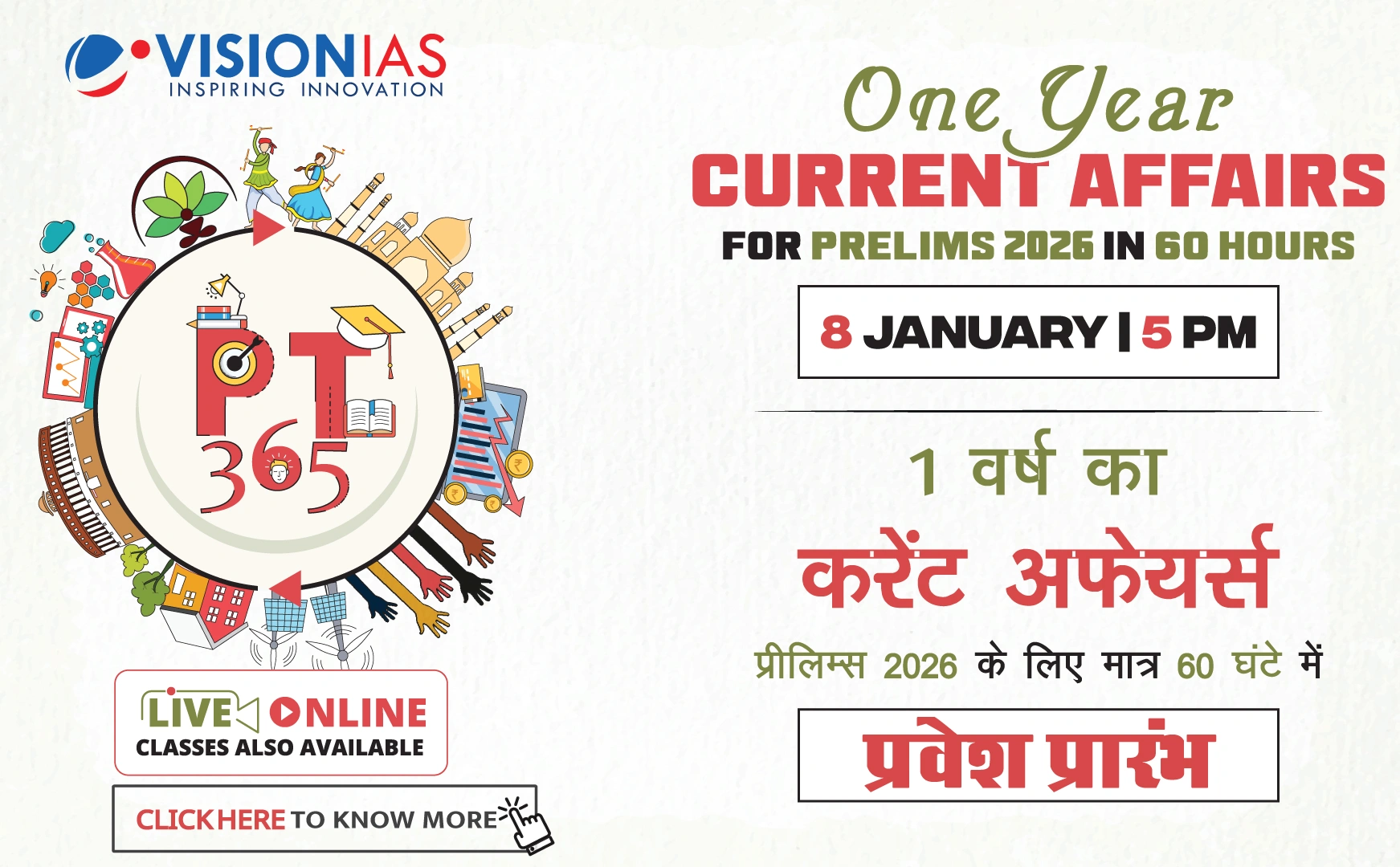Reserve Bank of India's Liquidity Measures
The Reserve Bank of India (RBI) has actively engaged in managing liquidity within the banking system through various measures, primarily using the Variable Rate Repo (VRR) operations.
VRR Operations
- The RBI injected ₹75,772 crore into the banking system through a VRR operation.
- Aim: To ease liquidity conditions and prevent call money rates from exceeding the repo rate of 6.5%.
- The operation involved a ₹1.5-lakh crore auction planned for the following day.
- Monday's auction targeted ₹1.25 lakh crore but received offers for ₹75,772 crore.
- All bids were accepted at a rate of 6.51%.
Liquidity Challenges
- Weighted Average Call Rate (WACR): Closed at 6.60%, above the RBI’s current repo rate due to liquidity deficits.
- As of January 19, system liquidity was ₹1.93 lakh crore with an average deficit of ₹1.61 lakh crore in January.
- RBI increased auction amounts progressively to address deeper deficits.
Factors Impacting Liquidity
- Monthly tax outflows pressured the system's liquidity.
- Foreign exchange interventions by the RBI further tightened liquidity.
- Core liquidity turned negative, a first since March 2019, partly due to GST outflows.
Market Expectations and Future Measures
- Participants anticipate durable liquidity measures such as open-market operations (OMOs) or FX buy-sell swaps.
- The RBI's foreign exchange interventions drained liquidity by ₹3.8 lakh crore in the fourth quarter of 2024.
- Potential tools: VRR auctions beyond 14-day tenors, FX swaps, and OMO purchases.



